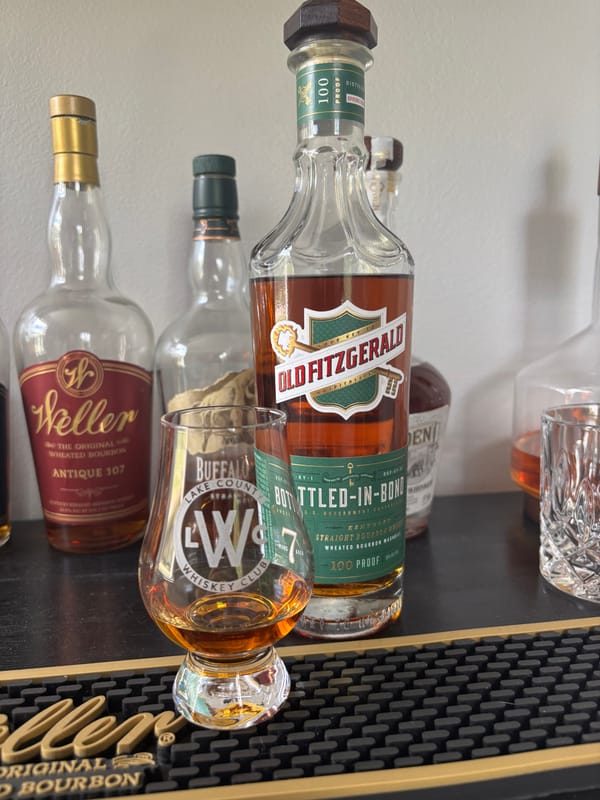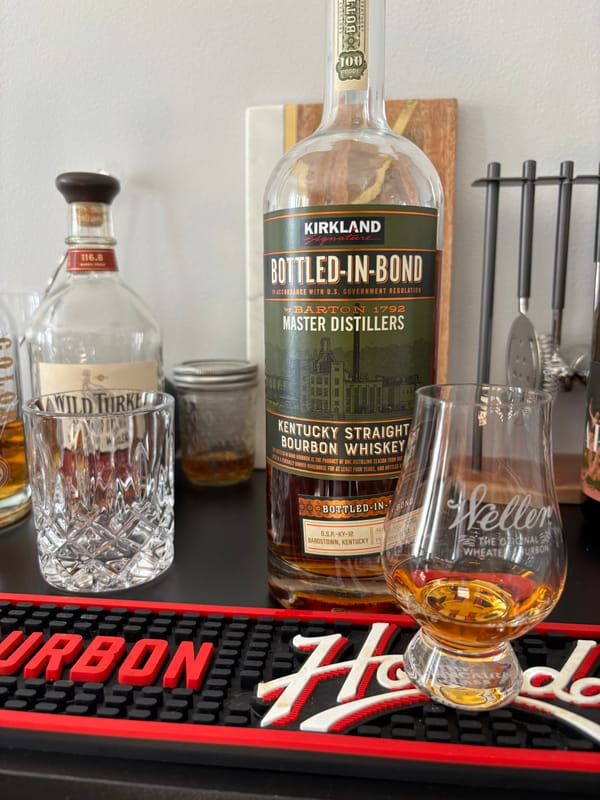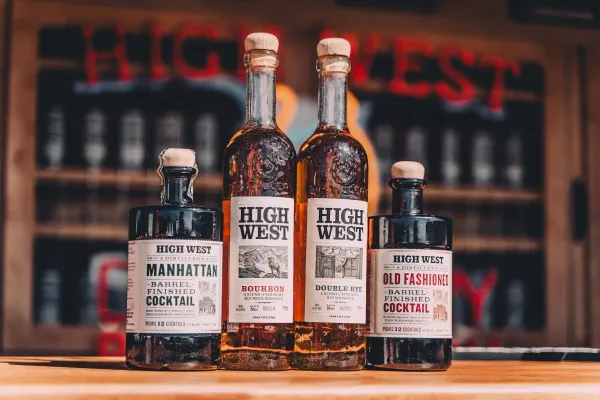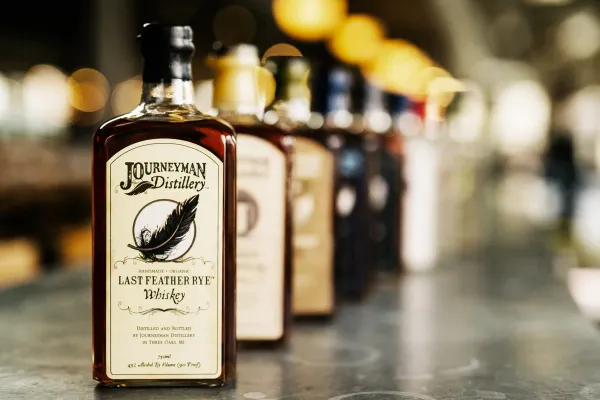Whiskey Fermentation Facts: The Brew You’ll Wish You’d Fermented Sooner

Fermentation’s Impact: The Whiskey Start You Can’t Dodge
Fermentation kicks whiskey into gear—if you don’t know its power, you’re missing the spark that turns grain into gold. It’s science, not chance. Here’s the unbreakable truth about whiskey fermentation, from process to law, and why it’s your 2025 must-understand.
What’s Fermentation in Whiskey?
U.S. law sets whiskey’s frame—51% grain minimum, 160 proof max distillation, 125 proof max barreling, 80 proof minimum bottling, new charred oak aging—but fermentation’s the launch. Mash—corn, rye, or wheat—turns sugars into alcohol via yeast, hitting 8-10% ABV. Every whiskey starts here, no skipping it.
How Fermentation Drives Whiskey
Grains mill into flour, mix with water at 180-200°F to free sugars, then cool to 75-90°F. Yeast ferments this mash in steel or wood tanks over three to five days, producing alcohol and flavor esters—fruit, spice, sweetness—at 8-10% ABV. Distillation to 160 proof max keeps these alive—fermentation’s the root of every taste.
What Fermentation Adds to Your Sip
Corn ferments sweet—bourbon’s caramel base forms here. Rye adds spice—pepper hints bubble up. Wheat keeps it soft—esters soften the edge. After two-plus years in oak, vanilla joins in—every whiskey’s soul starts with this brew, and the law ensures grain’s mark holds.
Why Fermentation Matters in 2025
Fermentation’s whiskey’s birthplace—by 2025, understanding it could reveal every pour’s origin, from bold to subtle. It’s the truth yeast tells—don’t miss its kick. Want to taste fermentation’s spark? Check out NEAT: Whiskey Finder—it’ll help you track down bourbon and whiskey near you.





